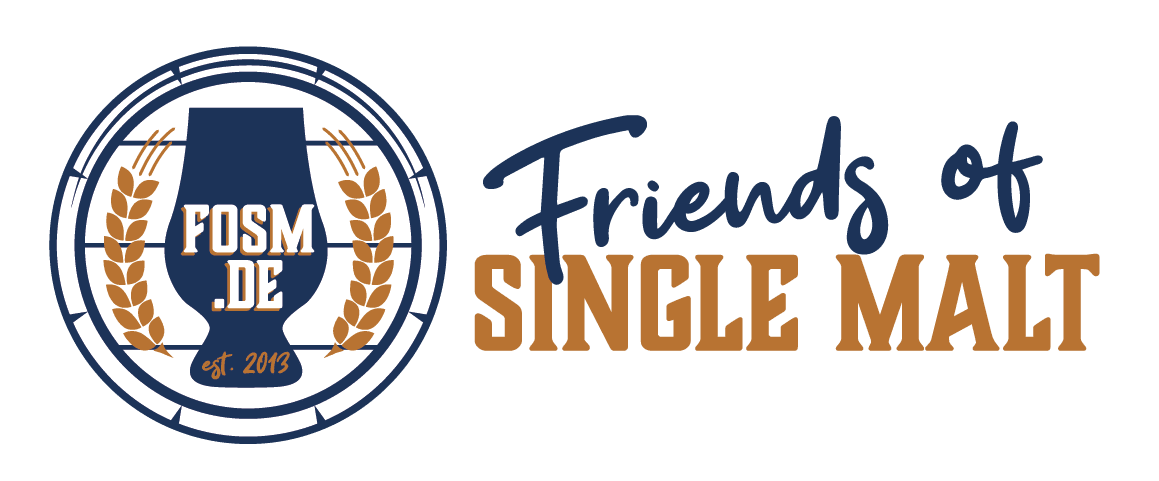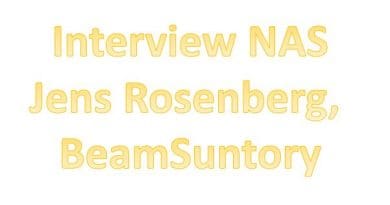Interview: Johanne McInnis zum Thema NAS
Im Rahmen meines Artikels zum Thema NAS Whisky-Wissen: NAS – Whisky ohne Altersangabe habe ich Johanne McInnis gebeten mir ein paar Fragen zu beantworten.
Im deutsch-sprachigen Raum ist Johanne evtl. nicht so bekannt, deshalb stelle ich sie kurz vor. Johanne McInnis, ist eine Freelance Whisky Autorin und Bloggerin. Seit über 30 Jahren befasst sich Johanne mit Whisky, präsentiert auf Veranstaltungen weltweit (u.a. auf dem Spirit of Speyside Whisky Festival), reist gerne und ist eine der Netzwerkerinnen der #whiskyfabric. Ich freue mich, mit Johanne befreundet zu sein und noch mehr darüber, dass sie sich für dieses Interview Zeit genommen hat.
Ich finde Johanne’s Schreibstil Klasse, deshalb werde ich hier unser Original-Interview auf englisch wiedergeben.
PM: Are older whiskies better than NAS?
JMcI: This is a very difficult question to answer. Let’s use an analogy of classic cars vs new cars. Who wouldn’t want to own a 1968 Porsche 911? You visit the seller and it looks great on the outside, you take it for a quick test drive and everything seems fantastic. You pay your $$$ and bring it home. Two weeks later you bring it on a long ride with a friend and you notice there seems to be a problem with the brake lines. Your mechanic tells you the car sat too long in the humid garage: The brakes have rotted, the fuel tank is rusted and most of the undercarriage will have to be replaced. She was lovely to look at but stayed in a garage, undisturbed for much too long.
Now let’s look at the new car, first year off the assembly line. You didn’t pay as much as you would have for the classic car, there isn’t much information on the market because it’s the newest model they are putting out and you are hoping they worked out all the bugs before they mass produced it. For the next 6 years, other than a few minor repairs the car runs smoothly and you have absolutely no issues. It was worth every penny you bought and you are feeling pretty happy and lucky with your car.
Basically what I’m trying to say, is for me personally, I’ve been fortunate enough to have great NAS whiskies just as much as I’ve had really bad older whiskies. You simply shouldn’t judge a whisky by its “cover”.
PM: There are some NAS that made their way to Standard Editions“ (Aberlour a’bunadh, Laphroaig Quarter Cask, etc.). These bottles are accepted by the market and are offered at a good price and value. Why are special editions so much more expensive? Are they better?
JMcI: I would like to mention that Aberlour has released 55 different batches of A’Bunhadh. Not all have been stellar. As a matter of fact, if you read the forums, almost everyone I know will tell you about a certain batch that was so sulfured it reminded you of boiled cabbage. The point, however, is that they have created a product that is mostly a trusted bottling. I will disagree on the good price/value part however. I know many people who feel, that in general whisky prices are skyrocketing and not much is left in the affordable price range.
Do I feel that special editions are better? I can think of some that were not, whereas there are a few that for me were. I will use Laphroaig 10-year-old cask strength, specifically batch 007. MY GOODNESS that bottling was stellar and I paid less than 50 pounds for it. I also purchased a bottle of Compass Box Lost Blend, which I paid 125 pounds for, which was also stellar. Were each, in itself worth every penny that I paid: YES! Call me unique or different but I truly feel that the quality of the spirit is what I am paying for and I feel that the whisky is stellar, I’ll buy it. End of discussion.
PM: Why do distilleries make NAS whiskies and not only whisky with age specification?
JMcI: All I could give is an uneducated opinion which won’t do anyone any good. I’ve seen what happens when someone from industry tried to explain why their company did it, and honestly the shit show that followed was atrocious. Someone had the audacity to be as honest as possible and to some, the answer wasn’t good enough. NAS is here to stay, at least for the moment…. That’s all I know. If some distilleries are stating they won’t be going to NAS, you can bet it’s because they have the stocks to ensure they don’t.
PM: Consumer orientation? Quality standards? Or is it just the master blender and distillery we can trust?
JMcI: You’ll have to excuse me if I keep using analogies however: We use standards in every part of our life. It’s up to the consumer to educate themselves and that’s very possible in this day and age.
You want to rent a hotel in Paris, you go online, you read the hotel reviews. You ask friends for their opinion on places they’ve stayed. You read travel magazines. But in the end, even if you take into account all of these avenues, you might end up hating the hotel you rent… Why? Because we are all different and my standards for a 5-star hotel might be completely different than yours. Which is why you can’t standardize whisky either. Each one of us must go into this with an open mind and palate. Go to whisky shows, talk to people, trade whisky samples. TRY before you BUY. Be responsible for your own whisky journey!
PM: What do you think about transparency? Would it help the customer to know the exact mixture in percentage of age specification used in batch (Like compass box campaign?)
JMcI: I’m not sure if people realize that the average whisky consumer DOESN’T CARE… 90% of whisky drinkers are still drinking blends and if you examine the rest of that crowd -> the 10% drinking single malts – what do they want? From what I’ve been told, again by industry statisticians… they want to enjoy their malts and if it says Glenfiddich 15 on the bottle well that’s really nice but most don’t even know what that means. So… let’s bring it down to the geeks, the die hard, the fanatics, the 1% of the whisky population that are DEMANDING change and total transparency. Well, that’s fine and dandy but if we are going to ask for total transparency, let’s not stop at NAS or blends. Let’s go all the way and demand it from every distillery and every bottling of whisky on the shelves. After all, it might shock many to know that when you buy that bottle of Genfiddich 15, there is a fair amount of “blending” that is done to achieve the final product. Is it fair to ask them to do the same. For example, let’s say Ian Millar decided he needed: 28 barrels of ex-bourbon 15-year-old, 12 barrels of ex-oloroso 15-year-old, 2 barrels of 18-year-old ex bourbon, and ½ a hoggy of 30-year-old were all poured into a giant metal holding tank and “blended” to make that 15-year-old. Is that what we want on the label of the bottle? I hope you can see the logistical nightmare one might be creating for packaging for the sake of “transparency” for the 1% of the whisky drinking population? All this to say, from my perspective, live and let live.
You are your own person, be a smart whisky consumer:
- Don’t believe everything you see/read
- Be responsible and educate yourself using as many avenues as possible
- BUY what you like…No matter if it’s NAS or Age statement whiskies.
Vielen Dank Johanne für dieses Interview und Deine gewohnt klaren Worte zu Deiner Meinung.
Wenn Ihr mehr von Johanne lesen wollt, dann findet Ihr hier ihren Blog: whiskylassie.
Ich denke, das ist eine gute Ergänzungen zu den bisherigen Interviews und der Sammlung verschiedener Meinungen zu dem Thema:





